What is the Steam Deck 2 release date? Despite continued rumors and a great deal of hope from gamers, there is still no firm suggestion of an impending Steam Deck 2 release date. Instead, it’s looking possible that Valve may transition to just providing its Steam OS software for use in other handhelds, with at least one new model announced running the Steam Deck OS.
Despite a glowing Steam Deck review for its original best handheld gaming PC, and with a hugely well-received follow up in the shape of the Steam Deck OLED, Valve is playing the slow game with new Steam Deck models. That’s despite two generations of more powerful AMD CPUs that could be used to power a Steam Deck 2. Still, with it only being just over a year since the Steam Deck OLED’s release, and three years since the first-gen device, there’s still plenty of scope for Valve releasing a new model on more of a console-like update cycle, with a fresh device perhaps due in the next year or two.
Steam Deck 2 release date estimate
Our best estimate on the Steam Deck 2 release date is the second half of 2025 or later. This is based on comments by Valve staff, include designer Lawrence Yang, who said back in November 2023 in an interview with Bloomberg that “a ‘next-generation’ power upgrade […] won’t be available for at least two or three years.” Yang also said that while “we’re thinking about Steam Deck 2 at all times“, a big leap in tech will need to present itself before major strides are made.
More recently, Valve has also flatly denied that it is making a Steam Deck 2 using an AMD Z2 Extreme, after AMD suggested as much at the launch of that processor (see the slide below). Valve Steam Deck coder, Pierre-Loup Graffais responded to the rumor saying “there is and will be no Z2 Steam Deck.” It’s possible this was a cryptic message suggesting that Valve just won’t use that specific chip but will still use a slight variation of it (or that it just won’t be called the Steam Deck 2), but the general tone, along with the announcement of the Lenovo Legion Go S using Steam OS, strongly suggests otherwise.
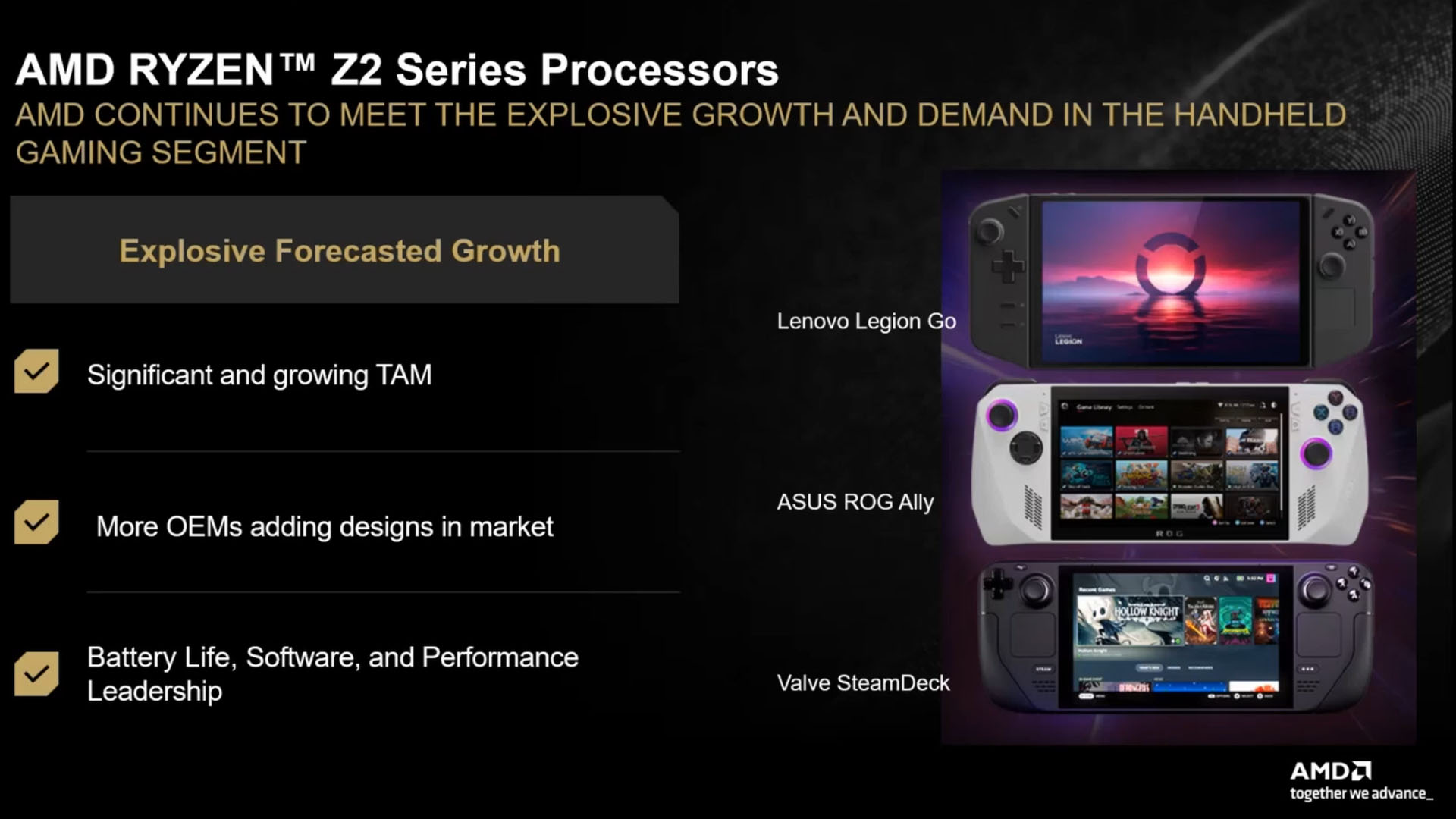
Whether that means Valve could be moving on from handheld production of its own or really is just sticking to a very drawn out hardware update cycle we’ll just have to wait to find out.
Steam Deck 2 price estimate
Our best Steam Deck 2 price estimate would put the next Valve handheld at between $399 and $699, with there being scope for the company wanting to hit a similarly low price as its original model but there also being plenty of proven success for more expensive gaming handhelds. However, there are no meaningful leaks to further pin down a price as yet.
Valve CEO, Gabe Newell, previously described hitting the $399 MSRP of the Steam Deck’s base model as “painful”, plus the company has already released the more expensive Steam Deck OLED. With The Asus ROG Ally launching at $599 and the Lenovo Legion Go launching at $799, other makers have also shown that gamers are willing to pay quite a bit more. As such, it seems likely that a Steam Deck 2 will be more expensive than the original, especially given the now proven popularity of the device and those like it.
Further adding to this speculation, speaking with Edge magazineclass=”gallery”>, Newell shared that the Deck’s “most popular SKU is the most expensive one”. He says that the company is reading this concentrated demand as customers saying, “We would like an even more expensive version of this, in terms of horsepower capabilities or whatever.” 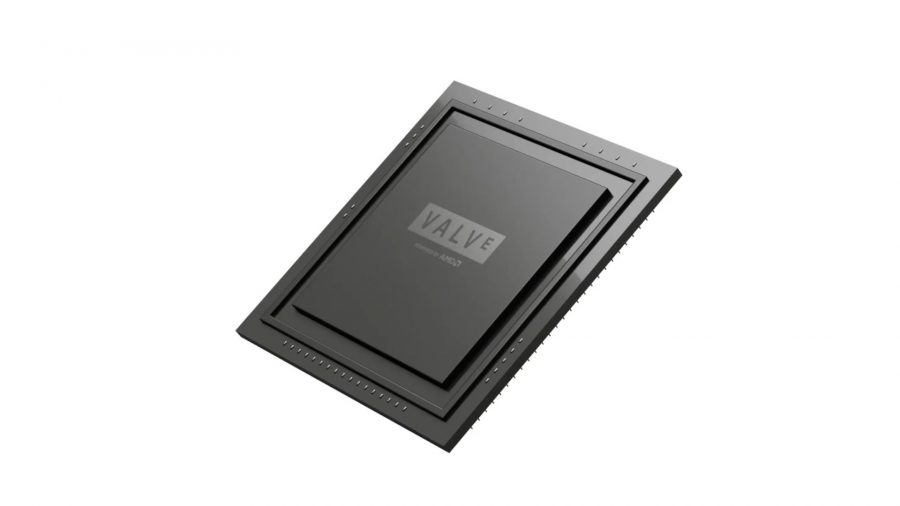
Steam Deck 2 specs rumors
There’s no official word or any substantial Steam Deck 2 specs rumors, with the most recent Steam Deck 2 CPU rumors firmly denied by Valve. However, Valve has made some comments about what it would like to improve with future iterations of its handheld gaming PC, although at least some of these were addressed with the Steam Deck OLED.
In an interview back in 2022, Valve said it wants the Steam Deck 2 to feature better battery life and screen technology. Both these arrived with the Steam Deck OLED, though, with that device increasing from the 40Whr battery of the original to 50Whr, and the device moving from an LCD screen to an OLED panel.
For an actual future Steam Deck 2 device, now that the Steam Deck OLED has been released, a fair assumption for a Steam Deck 2 screen would be for it to move to a slightly higher resolutoin. Most rival devices have at least a 1080p resolution, with some even having 1440p panels, making for much sharper images. Not only would this make games look sharper but video and other uses for the device would become better too.
Some users might also want a Steam Deck 2 screen to be larger in size. Valve already increased the screen size slightly with the Steam Deck OLED, moving from a 7-inch screen for the Steam Deck LCD to a 7.4-inch model for the Steam Deck OLED. Meanwhile, many other handhelds have much larger screens, so a move to an 8-inch screen combined with a 1080p resolution could be a great upgrade.
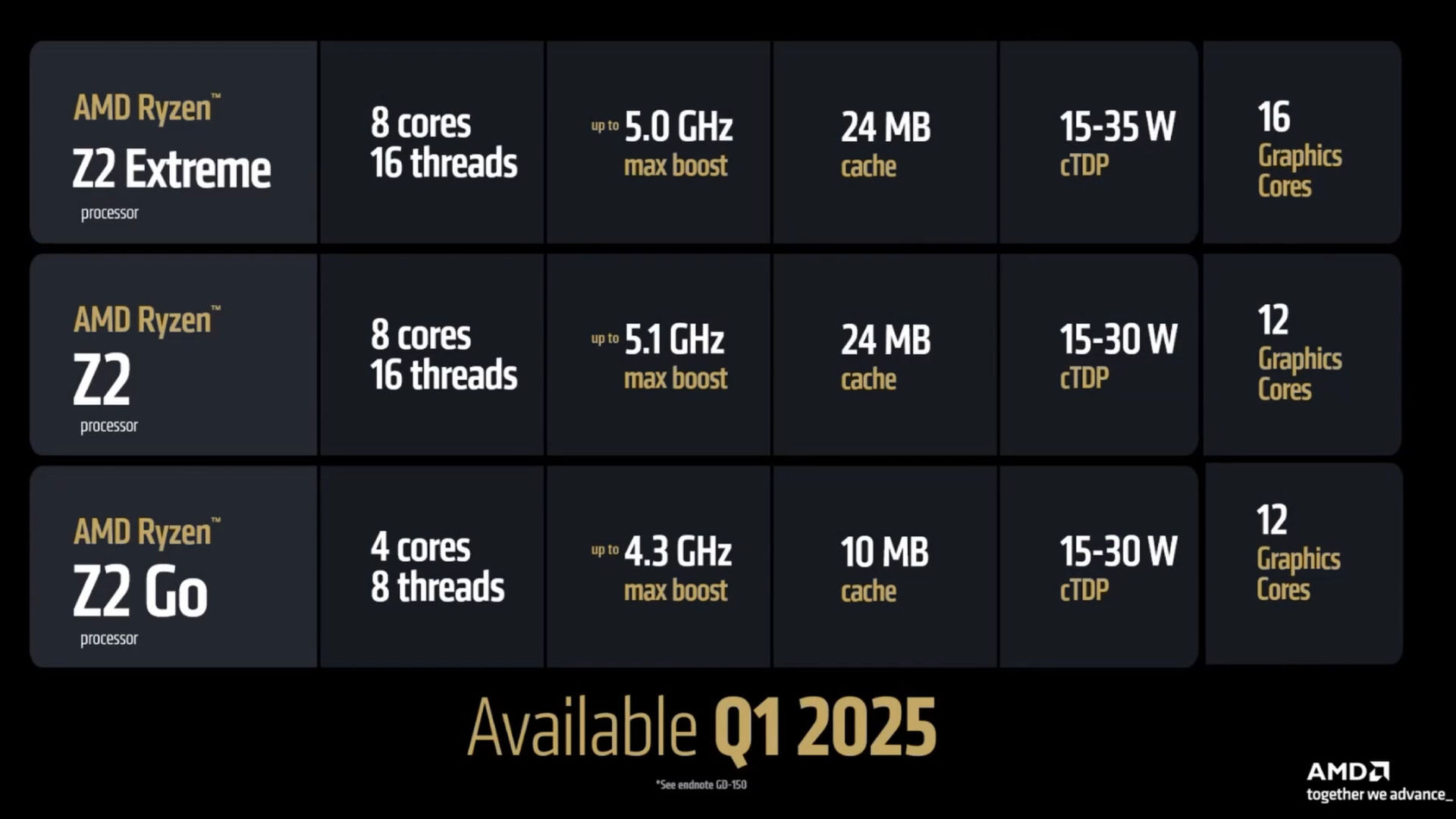
As for processing power, the Steam Decks still use a relatively weak custom AMD CPU (APU/processor), that has just four cores (able to run eight threads) and accompanied by a GPU equipped with eight compute units (CUs). It’s also based on the older Zen 2 CPU architecture and RDNA 2 GPU architecture.
Meanwhile, more recent handhelds such as the Asus ROG Ally and Lenovo Legion Go have used the AMD Ryzen Z1 Extreme processor/APU/CPU that is much more powerful. It has an eight core CPU (16 threads) using the faster and more power efficient Zen 3 architecture. Plus, its GPU has 12 CUs and uses the also faster and more efficient RDNA 3 architecture.
Meanwhile, up until recently, the biggest hint of all that a new iteration of the Steam Deck might be coming soon, or at least this year, was the release of the AMD Ryzen Z2 Extreme. This new chip again has eight CPU cores but using an even newer Zen 5 architecture. Meanwhile, its GPU extends all the way to offering 16 CUs using a new RDNA 3.5 architecture. Were a new Steam Deck to use either of the above processors, it would result in a huge bump in performance, but all hints currently are that such an upgrade isn’t around the corner.
Steam Deck 2 performance rumors
One thing we can reasonably expect, if and when it launches, is a Steam Deck 2 performance increase. With the sorts of processor upgrades available now – as outlined above – Valve has plenty of scope for creating a device that can run at higher resolutions, higher frame rates, and last longer on each battery charge. It’s just a case of if and when the company makes the change.
With the Steam Deck OLED, Valve made the decision not to fundamentally change the device’s performance, keeping a consistent level of performance across its hardware range. However, even if the company is taking a console-like approach to hardware updates, only releasing major updates every five years or so, we can expect that eventual update to come with some changes.
Crucially, assuming Valve does release a Steam Deck 2 and that it does use an AMD processor, one factor that gamers shouldn’t have to contend with is backwards compatibility issues. Unlike other consoles that often have a hard stop in compatibility from generation to generation, a Steam Deck 2 using AMD hardware should have essentially exactly the same compatible games list the older device.
In fact, playing videogames on a Steam Deck 2 should require less guesswork than on the current versions, as there should be more headroom in the new device for games that struggle to run well on the Steam Deck and Steam Deck OLED to be playable on a Steam Deck 2. Our current list of the best Steam Deck games is ever growing and should still be a go-to resource for an eventual Steam Deck 2.
If you can’t wait for Steam Deck 2 to release and want to get more from the first-gen console – or its OLED update – check out the best Steam Deck accessories and grab yourself a Steam Deck Dock so that you can hook your handheld up to a gaming monitor.
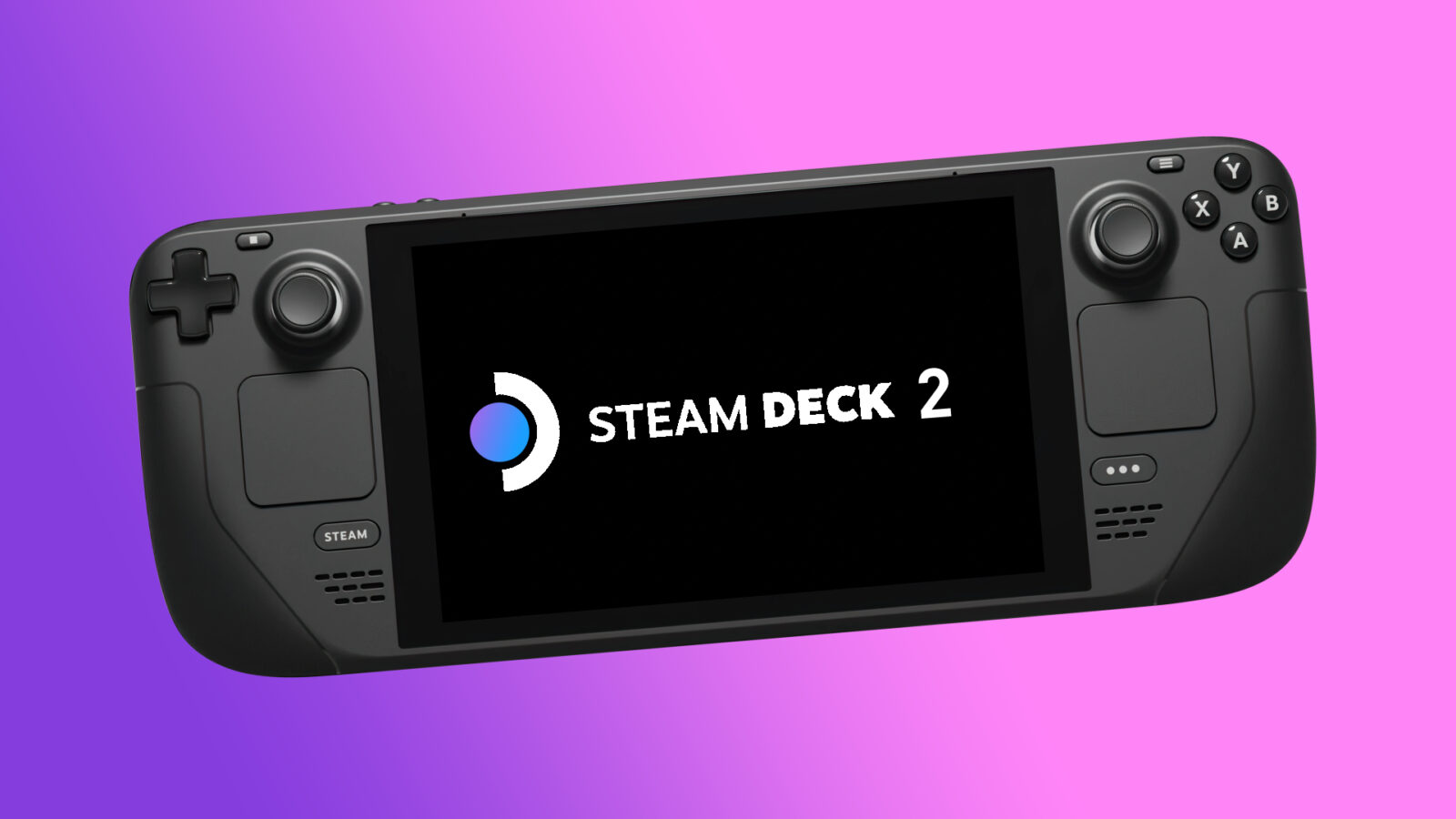
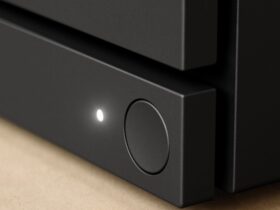
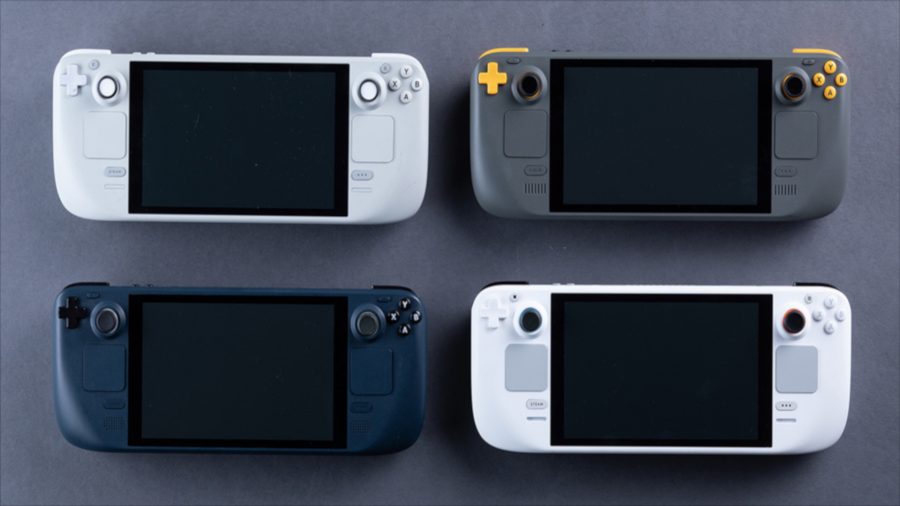
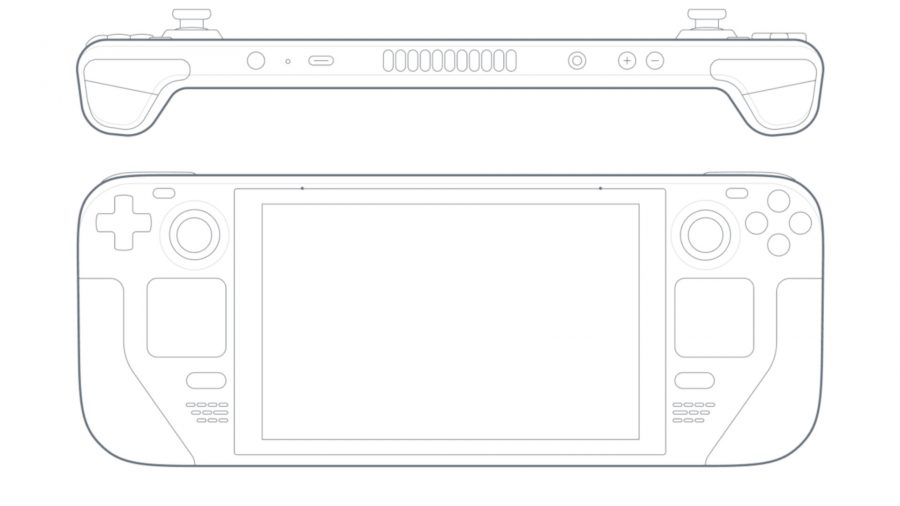



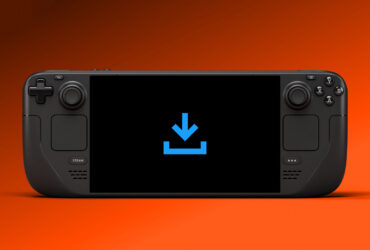





Leave a Reply